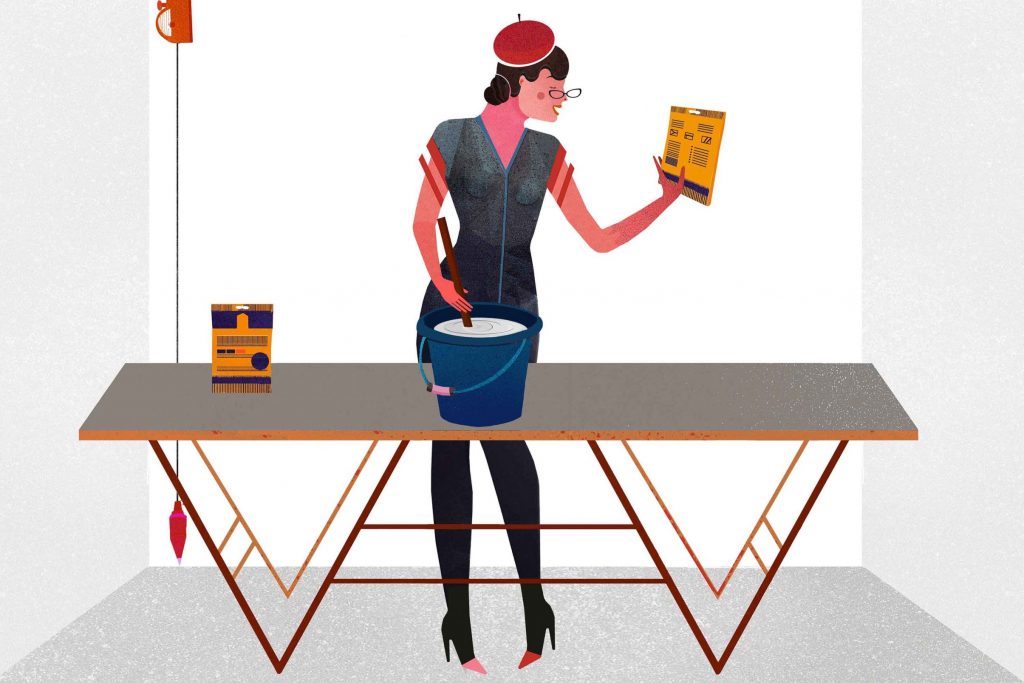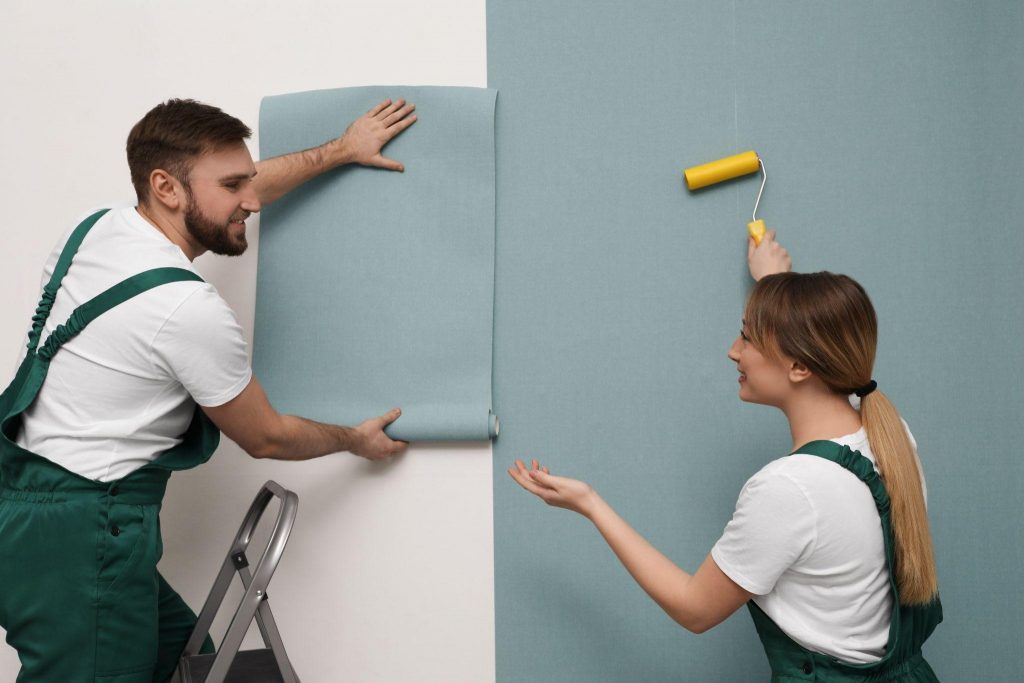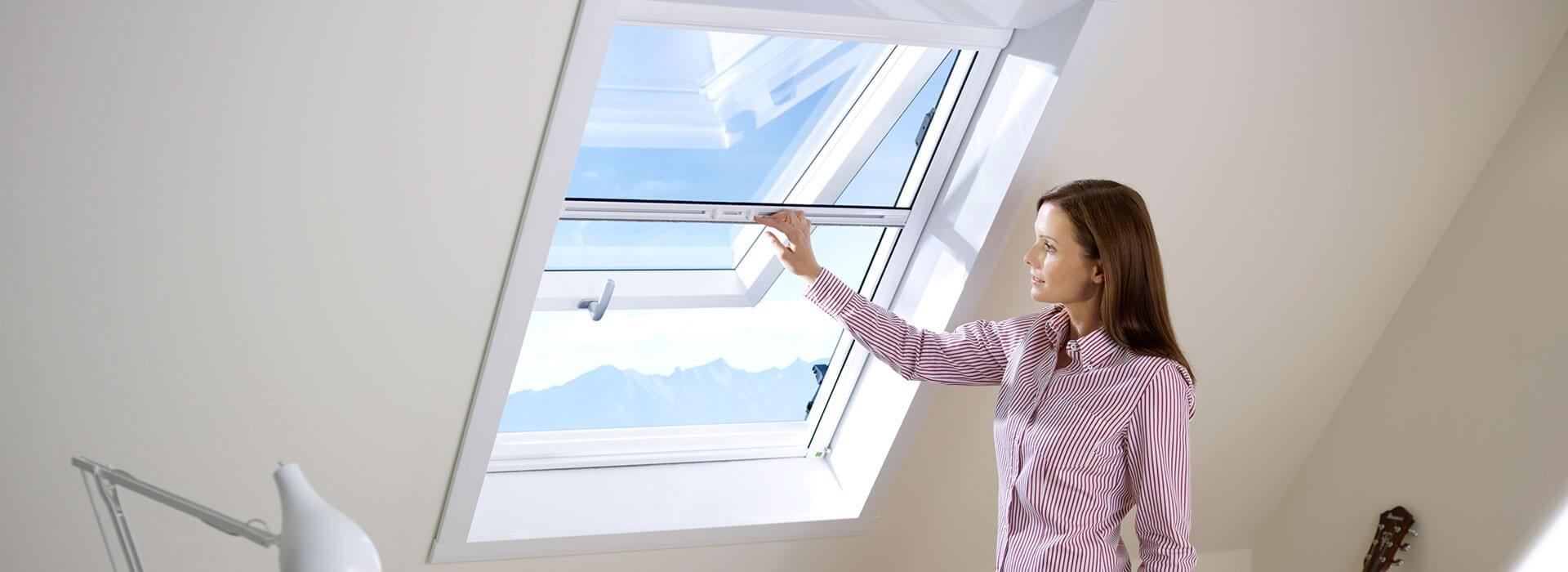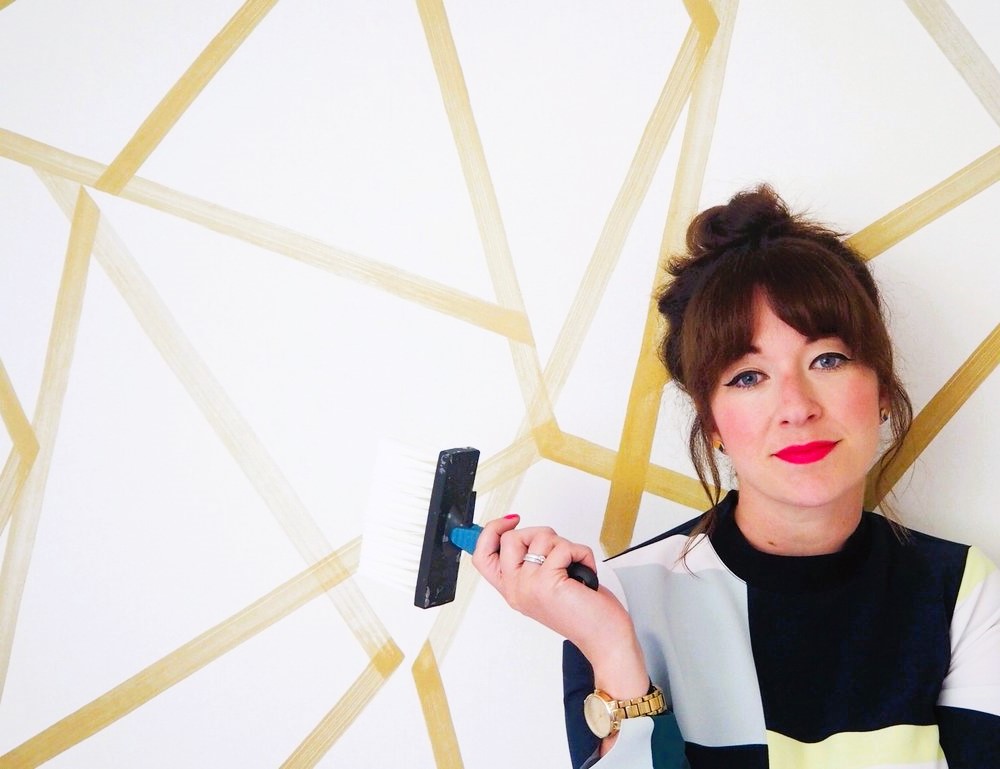When it comes to redecorating a room, wallpapering is a popular option for adding color, texture, and pattern to your walls. While it may seem like a daunting task, gluing wallpaper is a straightforward process that anyone can do with the right tools and techniques. In this article, we’ll discuss how to glue wallpaper correctly to achieve a professional-looking finish.
- Prepare the Surface
Before you start gluing wallpaper, it is important to prepare the surface. This involves cleaning the wall, filling in any cracks or holes, and sanding any rough spots. The surface should be smooth and even to ensure that the wallpaper adheres properly.
- Measure and Cut the Wallpaper
Measure the height of the wall and add a few inches to the top and bottom to ensure that the wallpaper covers the entire surface. Use a wallpaper calculator to determine how many rolls of wallpaper you’ll need. Cut the wallpaper into strips that are slightly longer than the height of the wall.
- Apply the Wallpaper Paste

There are two types of wallpaper paste: pre-mixed and powdered. Follow the manufacturer’s instructions to prepare the paste. Use a paint roller or brush to apply the paste to the back of the wallpaper, making sure to cover the edges and corners.
- Hang the Wallpaper
Starting at the top of the wall, align the wallpaper with the edge of the wall and use a wallpaper brush to smooth out any air bubbles or wrinkles. Continue hanging the wallpaper in strips, making sure to match the pattern and overlap the edges slightly.
- Trim the Excess Wallpaper
Once you’ve hung all of the wallpaper strips, use a sharp utility knife or scissors to trim the excess wallpaper at the top and bottom of the wall. Be careful not to cut into the wall or the wallpaper.
- Clean Up
Clean up any excess wallpaper paste with a damp sponge or cloth. Roof windows, choose the right one. Allow the wallpaper to dry completely before hanging any decorations or furniture on the wall.
Tips for a Professional-Looking Finish
- Use a wallpaper smoother to ensure that the wallpaper is flat and smooth.
- Avoid overworking the wallpaper paste, as this can cause it to become too thin and lose its adhesive properties.
- Make sure to overlap the edges of the wallpaper slightly to ensure that there are no gaps.
- If you need to cut the wallpaper around an obstacle, such as a window or door, use a sharp utility knife and a straight edge to ensure a clean cut.
- Take your time and work in small sections to ensure that the wallpaper is hung straight and level.
- Check for Color Consistency
If you’re using multiple rolls of wallpaper, be sure to check for color consistency before you start hanging the wallpaper. Wallpaper can sometimes have slight color variations from one roll to the next, even if it’s from the same batch. Unroll a few feet of each roll and compare them in natural light to make sure they match.
- Take Care with Patterned Wallpaper
If you’re using patterned wallpaper, take care to match the pattern correctly. This can be particularly challenging with intricate or large-scale patterns. One technique is to cut a piece of wallpaper to fit the wall, then lay it on a table and match the pattern with the next piece before cutting the second piece.
- Use a Plumb Line

To ensure that the wallpaper hangs straight, use a plumb line or a spirit level to mark a vertical line on the wall. Use this line as a guide when hanging the first piece of wallpaper, and make sure that subsequent pieces are aligned with it.
- Pay Attention to Corners and Edges
Corners and edges can be particularly tricky when gluing wallpaper. To avoid gaps or uneven edges, use a wallpaper knife to trim excess wallpaper at corners and edges before smoothing them down.
- Allow Sufficient Drying Time
Allowing the wallpaper to dry completely before hanging any decorations or furniture on the wall is crucial to achieving a professional-looking finish. Be patient and allow the wallpaper to dry for at least 24 hours before doing anything that might damage or disturb it.
By following these additional tips, you can ensure that your wallpapering project is a success. Gluing wallpaper may take a bit of time and effort, but the results are well worth it when you see the transformation of your space.


